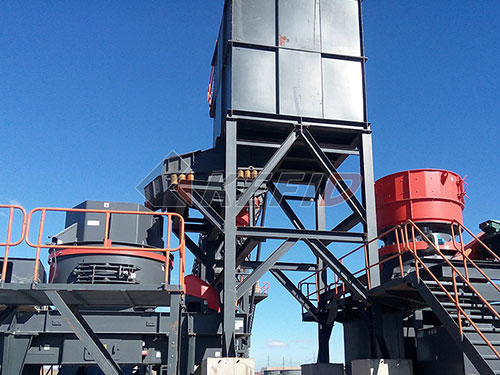Cedarapids Jaw 1636 Crusher Manuals
Beyond Paper: Why Your Cedarapids Jaw 1636 Crusher Manual is Your Most Vital Tool

In the demanding world of aggregate processing and mining, equipment like the robust Cedarapids Jaw 1636 crusher forms the backbone of productivity. While its rugged construction and powerful crushing action are essential assets, there exists another critical component often overlooked yet indispensable for safe, efficient, and long-lasting operation: the official Cedarapids Jaw 1636 Crusher Manuals.
Far more than just a stack of paper or a digital file relegated to a forgotten folder on a server, these manuals are your comprehensive roadmap to mastering this vital piece of machinery. Let's delve into why possessing and actively utilizing these specific documents is non-negotiable for anyone responsible for this crusher:
1. The Uncompromising Foundation: Safety First
Hazard Identification: The manual meticulously details inherent dangers associated with operating and maintaining the 1636 jaw crusher – from pinch points around moving jaws and flywheels to risks during maintenance tasks like jaw die replacement or tension rod adjustment.
Lockout/Tagout (LOTO) Procedures: Crucial step-by-step instructions ensure energy sources (electrical power stored in capacitors) are safely isolated before any personnel enter hazardous zones for inspection or repair.
Personal Protective Equipment (PPE): Mandates specific PPE requirements tailored to different tasks involving noise exposure (hearing protection), dust generation (respirators), falling objects (hard hats), and impact/crush hazards (safety glasses, steel-toed boots).
Safe Operating Practices: Provides clear guidelines on startup/shutdown sequences, feeding procedures (avoiding bridging or oversized material), clearing blockages safely (NEVER by hand!), and recognizing abnormal operating conditions that signal potential danger.
2. Optimizing Performance & Efficiency

Precise Operating Parameters: Details optimal settings for key variables like crusher speed (RPM), closed side setting (CSS) adjustment procedures using shims or hydraulic systems (if equipped), and recommended feed size distributions specific to the 1636 design.
Startup & Shutdown Protocols: Outlines correct sequences to minimize stress on components during power application/removal and ensures smooth transitions into operation.
Troubleshooting Guidance: Dedicated sections help operators diagnose common issues – excessive vibration due to imbalance or worn parts; unexpected shutdowns potentially linked to electrical faults; decreased throughput caused by worn jaw dies; abnormal noises indicating bearing problems or


